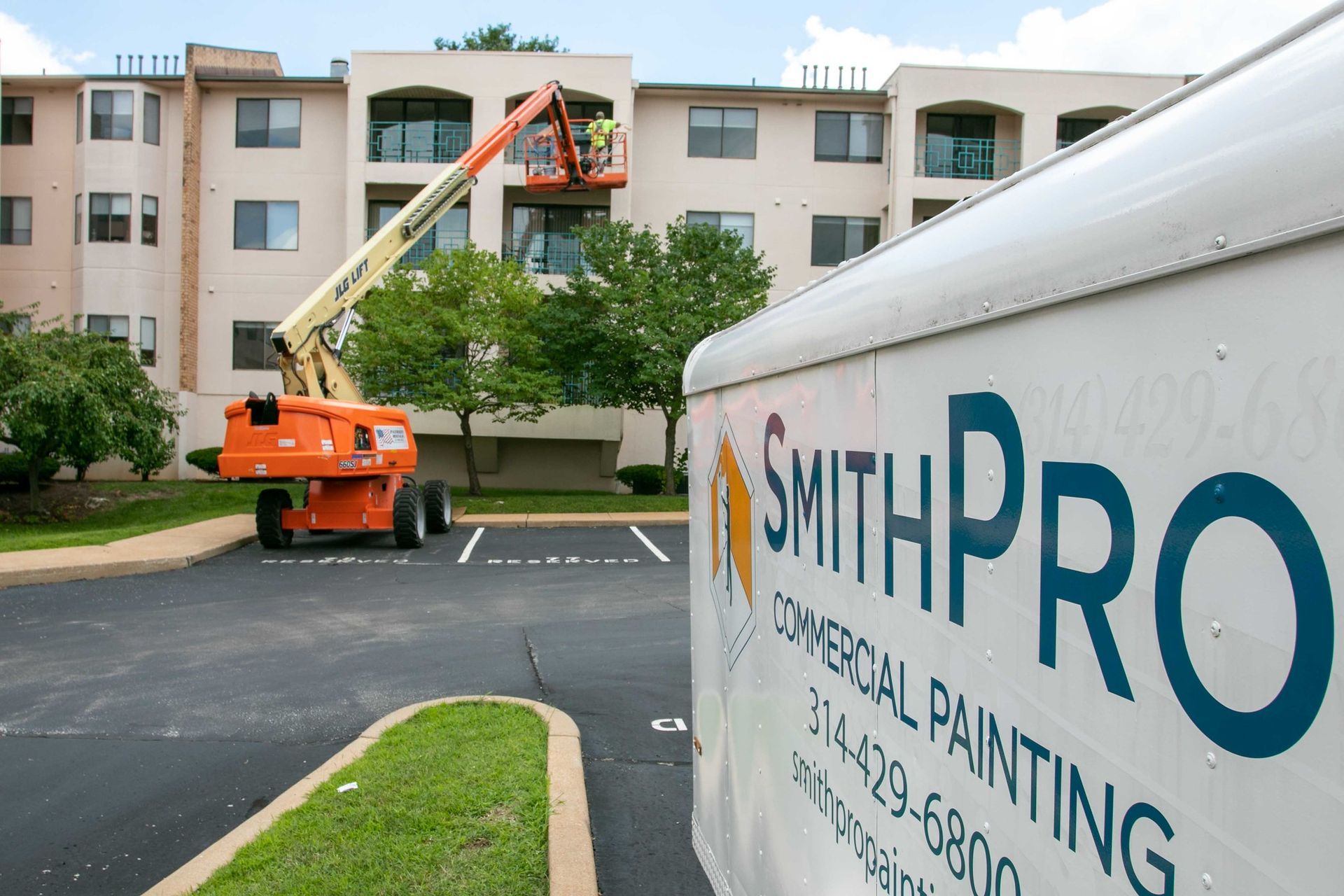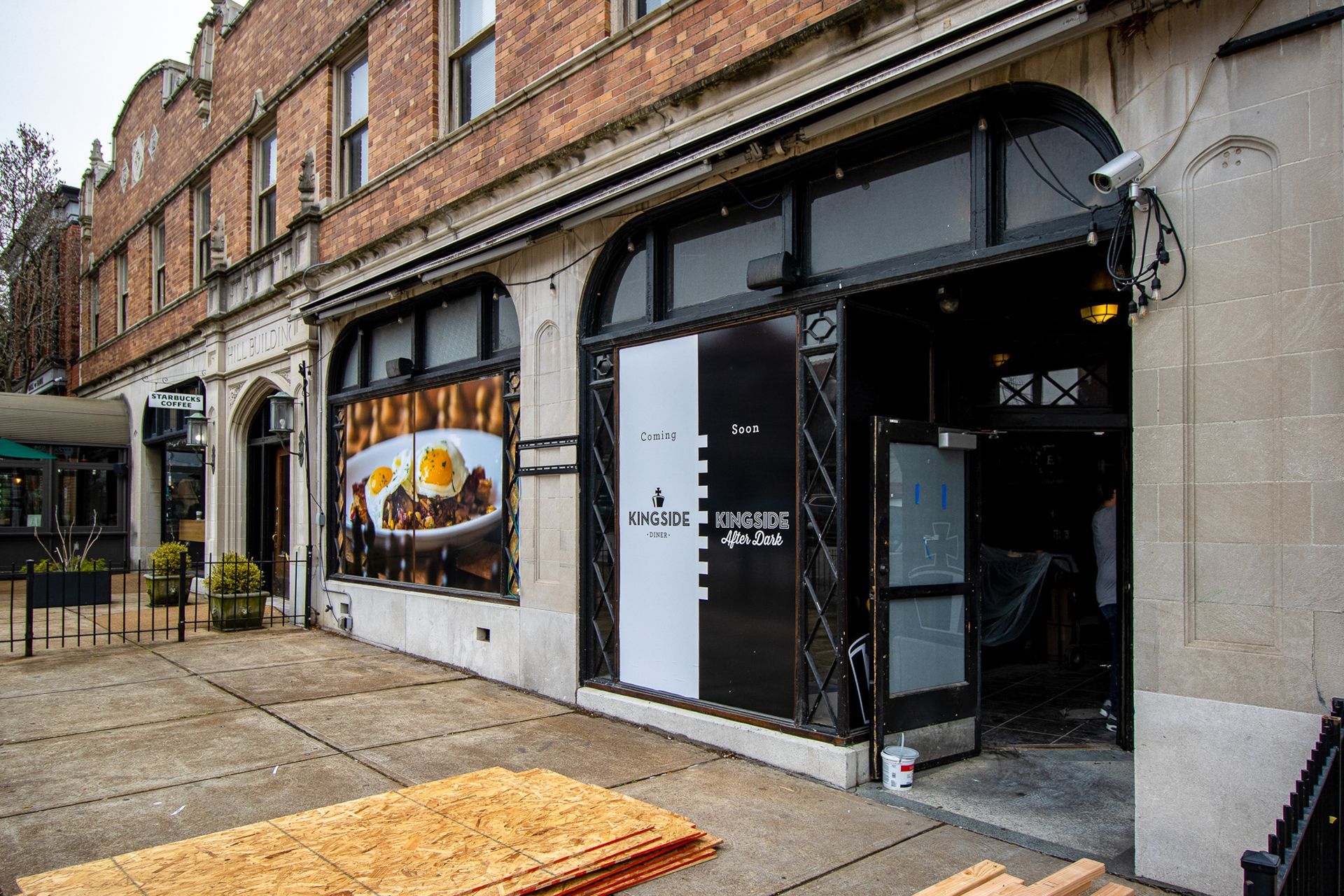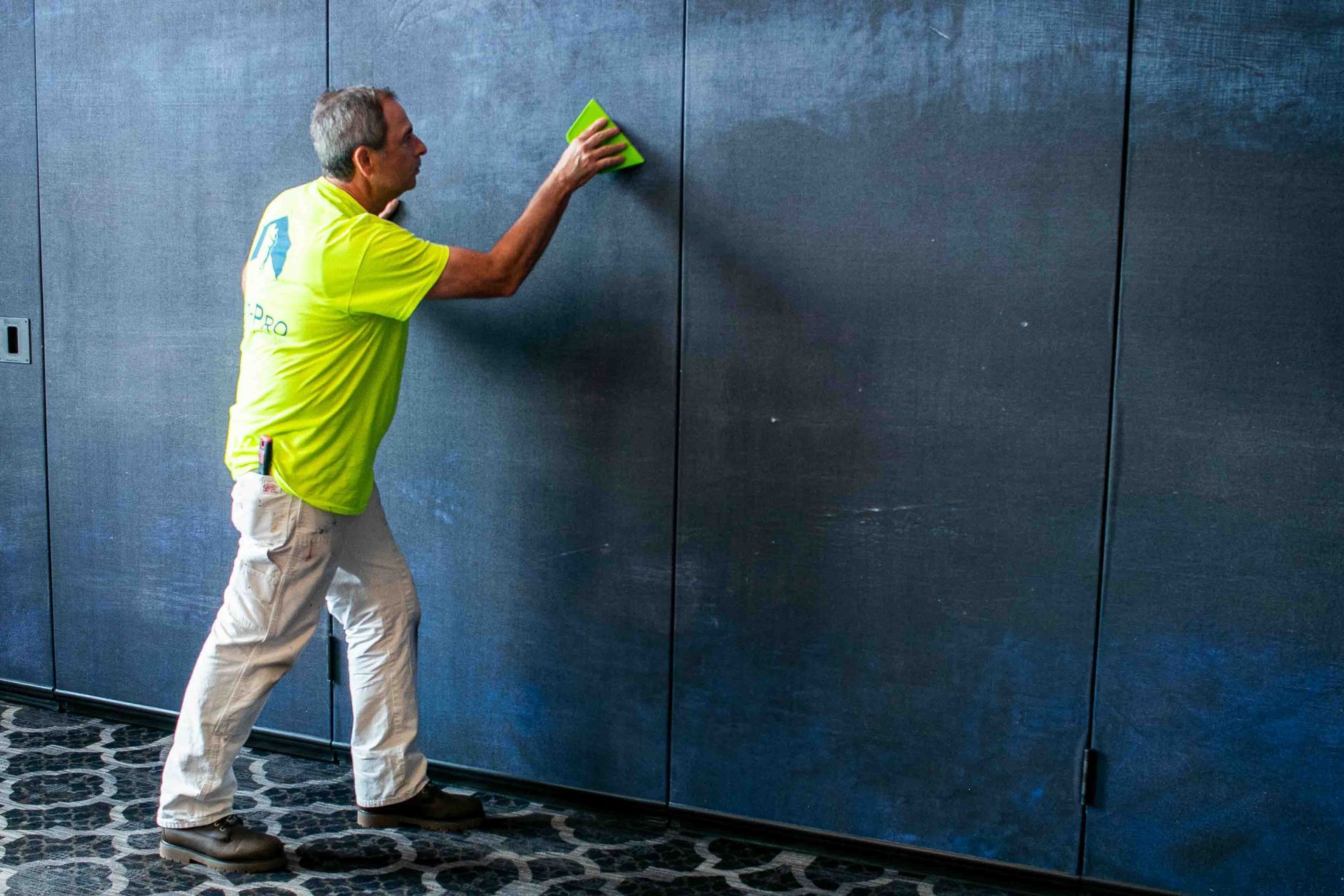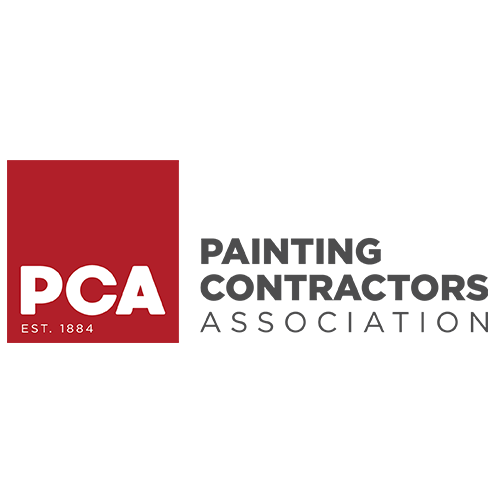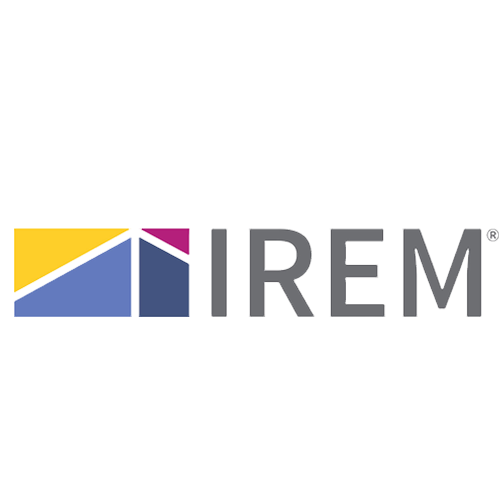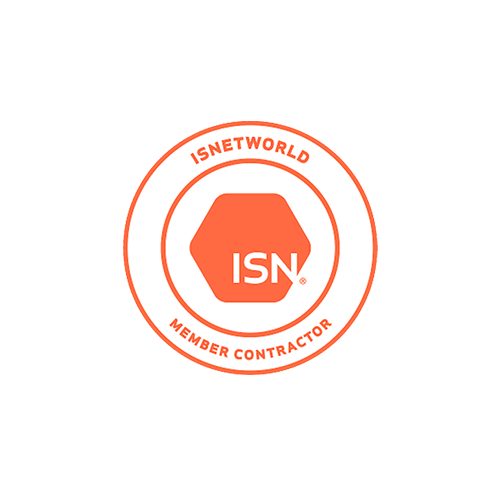Commercial painting is critical in construction and renovation projects, protecting and adding visual appeal to buildings.
But behind the fresh coats of paint and crisp lines, there can be hidden health risks, both for the painters and the people who will eventually occupy those spaces.
These hazards aren't a reason to avoid painting; they're a reason to approach it correctly, with safe materials, proper procedures, and an experienced commercial painting team that knows how to protect everyone involved.
Health Risks for Painters
Chemical Exposure
Many paints, primers, and coatings contain volatile organic compounds (VOCs) and other solvents that release fumes into the air. These chemicals can cause headaches, dizziness, nausea, or skin and eye irritation in the short term.
Long-term, repeated exposure can contribute to respiratory problems, nervous system effects, and, in some cases, an increased risk of certain cancers.
A professional painter knows how to limit VOC exposure by using low (or zero) VOC paints when possible and ensuring proper ventilation throughout the project.
Dust and Particulate Inhalation
During renovations, sanding or removing old coatings can release fine dust and harmful particles.
In older buildings, lead paint dust, which is highly toxic if inhaled, is also an added risk. Without proper containment and dust control measures, these particles can linger in the air long after work.
Skin Contact Hazards
Repeated contact with paints, solvents, and cleaning chemicals can cause skin irritation, rashes, or allergic reactions.
Painters must protect their skin just as much as their lungs and eyes.
Ergonomic and Physical Strain
Painting often requires extended bending, reaching, or standing periods on ladders and scaffolds.
Without proper technique, this can lead to repetitive strain injuries, muscle fatigue, or even falls.
Health Risks for Building Occupants
Lingering VOCs and Odors
Even after the paint is dry, off-gassing can release VOCs into the air for days or even weeks.
For sensitive individuals, this can mean headaches, asthma flare-ups, or allergic reactions.
Commercial painting should be scheduled with building use in mind, allowing time for adequate ventilation.
Residual Dust and Contaminants
If hazardous paint dust isn't properly contained and cleaned during the painting process, it can settle on surfaces and remain a risk long after the project ends.
Poor air quality can directly impact productivity, attendance, and health for offices, schools, and healthcare facilities.
Mold and Moisture Issues from Improper Preparation
Painting over damp surfaces without proper prep work can trap moisture, leading to mold growth.
This unwanted growth is more than just an eyesore—it's a
serious health hazard that can trigger respiratory issues.
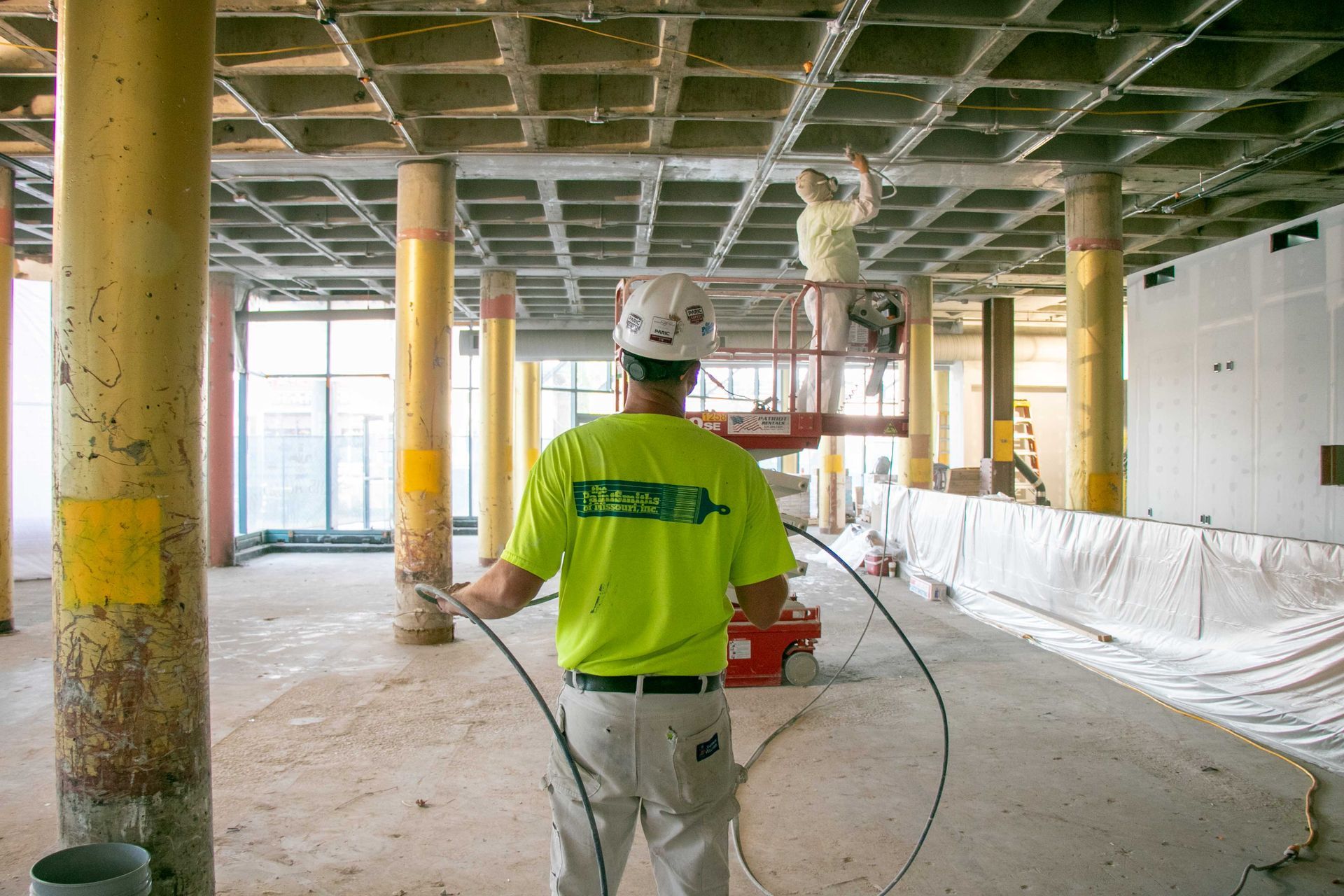
Best Practices for Painter Safety
Protecting painters starts with the right combination of materials, equipment, and training.
- Choose low- or zero-VOC paints to reduce harmful fumes.
- Wear personal protective equipment (PPE) such as respirators, gloves, protective clothing, and safety glasses.
- Ensure proper ventilation during and after painting through open windows or mechanical ventilation systems.
- Control dust at the source using HEPA-filter vacuums and wet sanding methods.
- Receive regular safety training on OSHA and EPA regulations, material handling, and emergency response.
Proactive Steps to Protect Building Occupants
A responsible painting contractor doesn't just focus on the job—they focus on the people who will use the space after it's done.
- Scheduling painting during off-hours or low-occupancy times to minimize exposure.
- Allowing proper curing and airing-out time before occupants return.
- Using containment barriers to prevent dust and fumes from spreading into occupied areas.
- Communicating timelines and safety measures to building managers and tenants so they can plan accordingly.
Why Hiring a Professional Commercial Painter Matters
While anyone can buy a can of paint, professional commercial painters bring far more than a steady hand.
They understand industry safety standards, know which materials are safest for different settings, and have the right equipment to minimize risks.
- Comply with OSHA, EPA, and local regulations.
- Properly handle and dispose of hazardous materials.
- Minimize disruption to daily operations.
- Deliver a finish that is attractive and safe for long-term use.
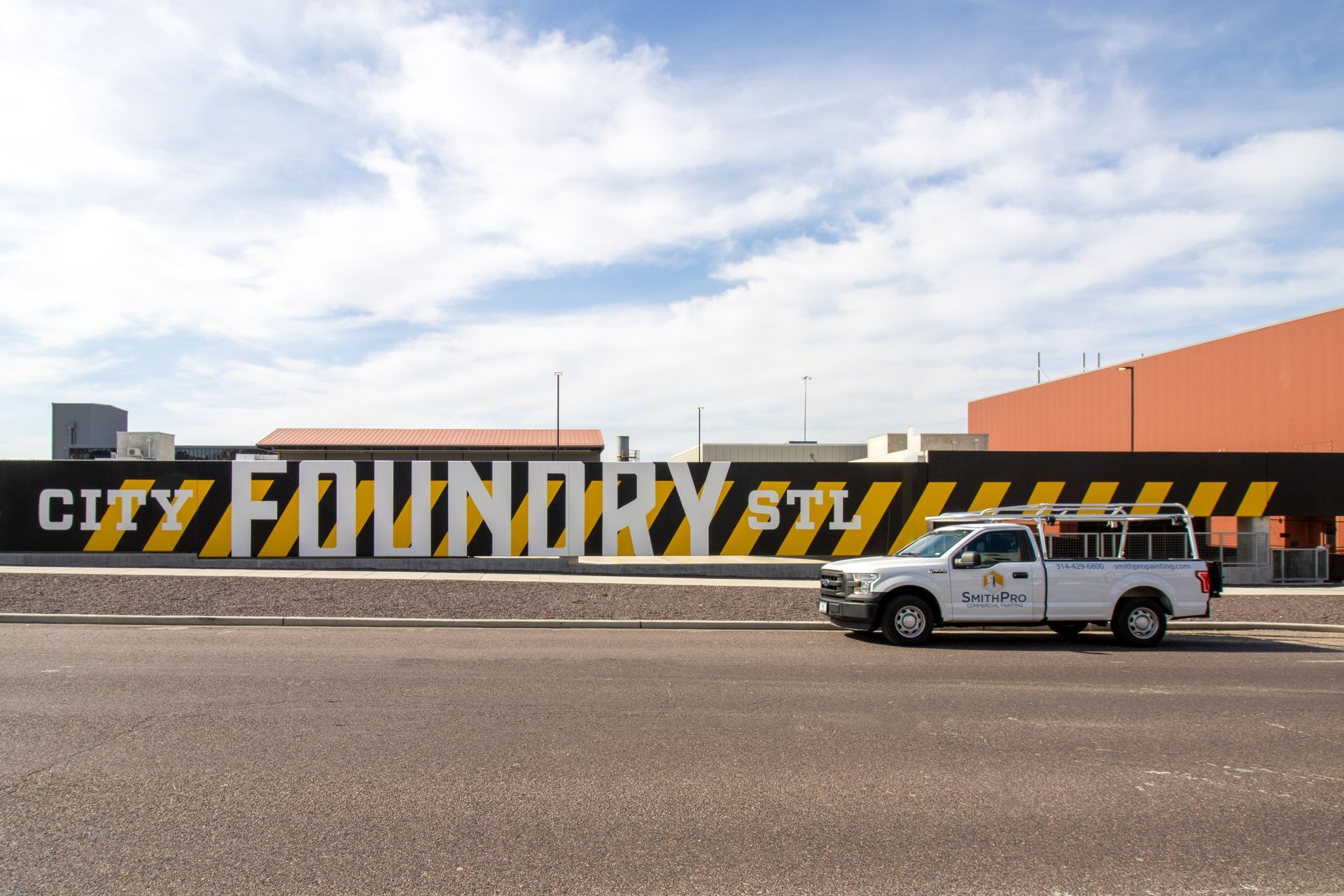
Work With SmithPro Commercial Painting
Painting should transform a space for the better—not create hidden risks for those who work or live there.
By addressing health hazards head-on and following strict safety protocols, commercial painters can protect their crews and ensure the building is ready for safe, healthy use.
At SmithPro Commercial Painting, we're committed to helping businesses achieve their goals by creating safe and efficient spaces. Our competitive pricing and high-quality craftsmanship set us apart and sustain our commitment to excellence.
Contact us today to learn more about our professional painting services and how we can help bring your vision to life.


